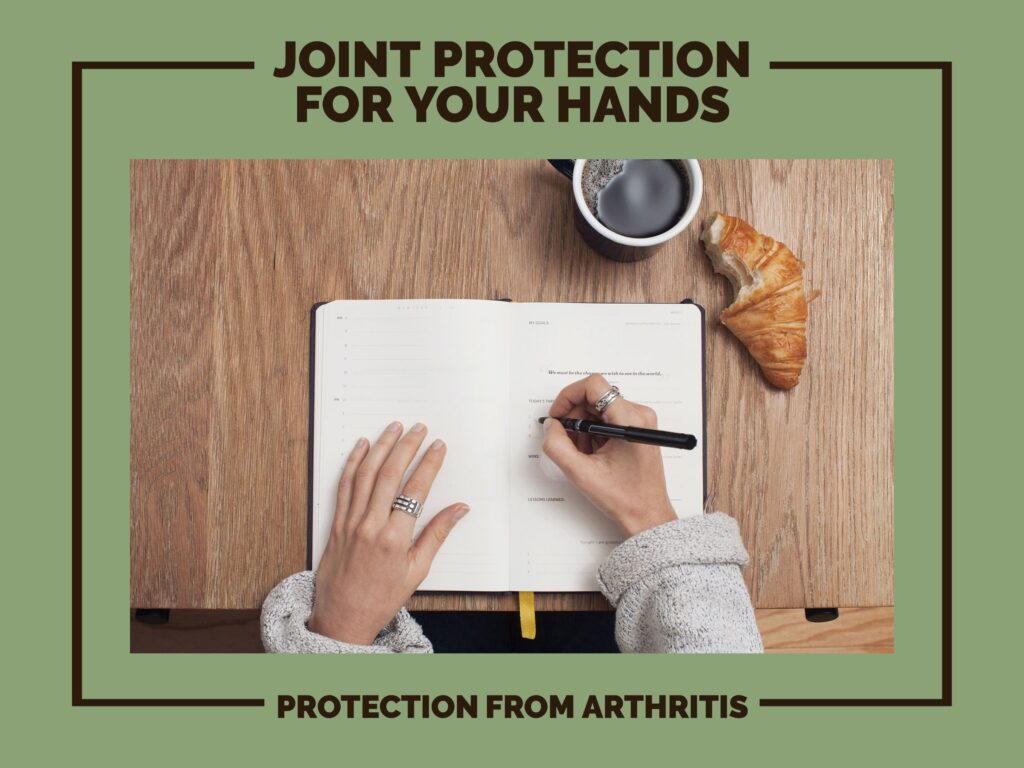

Arthritis damages the cartilage, loosens ligaments, and inflames the synovium which prevents friction in your joints. Stiffness and pain can result, impacting daily functioning. Protecting arthritic joints is important, especially in the smaller joints of the hand.
Joint protection is a set of principles that help to reduce the amount of stress and damage on joints. These principles can reduce pain and stiffness, as well as help you to perform daily activities more easily.
Principles of Joints Protection
Respect Your Pain: Pay attention to your body and stop activities before you become uncomfortable. Pushing through pain can damage your joints. Instead, pace yourself, take breaks as needed or find alternative ways to do activities. Don’t be afraid to ask for help.
Use Larger Joints: Use larger, stronger joints when possible to reduce the stress on smaller, weaker joints. Save the small finger joints for manipulating and doing jobs that they can only do. For example,
Use a backpack or bags with a strap over your shoulder instead of holding bags and a purse in your hand.
Carry objects with your palm open and put weight onto your forearm. For example, hold a book by placing it flat in the palm of your hand, supporting it with your wrist more than fingers.
Use your hip instead of your hand to close drawers.
- Use two hands when lifting instead of one. For instance, hold a mug or pitcher by the handle and support it on the bottom.
- Slide objects along the counter instead of lifting them.
- Use Proper Posture: Maintain a good posture when sitting, standing, or walking to reduce unnecessary stress on your back, hips, and knees. When lifting, use proper back mechanics, bending your hips and knees instead of your back and keeping objects close to your body. Pay attention to the ergonomic set up of any work area such as a computer desk or kitchen counter. Make modifications as needed to ensure a good posture during work tasks.
Keep Moving: Avoid being in one position for too long. Take time to change position and stretch so that you don’t become stiff. For example:
At least once an hour, stand up and stretch out your hands if you are working at a computer.
On car trips, stop every hour or two to get out and walk. Move your shoulders, arms, hands, and neck as well.
If you are writing, release your pen and stretch your hand every 10-15 minutes.
Do Low Impact Exercise in a Pain-Free Range: Doing low impact exercises such as swimming, walking, and biking as well as stretching can help to maintain range of motion and strength. Moving the hand joints should be part of this routine.
Avoid doing strenuous or strengthening exercises during a flare up. If pain continues more than one hour after exercising, the exercise is too stressful and should be modified or reduced. If you need assistance with setting up an appropriate exercise program, Enablr Therapy has a team of talented occupational and physical therapists that can personalize a program for you.
Be Organized: Keep supplies in the areas where they are needed. Storage that is between eye level and hip level is the easiest to reach.
Consider Using Adaptive Devices: There is a wide range of adaptive devices that can help in reducing the amount of stress on your hand joints and give independence for difficult tasks. Some of our favorite devices are below. Enablr Therapy’s occupational therapist can make recommendations regarding adaptive devices that would best meet your needs.
adaptive devices
Lever Door Knobs:
Avoid twisting a knob with your fingers and instead press with your entire hand.
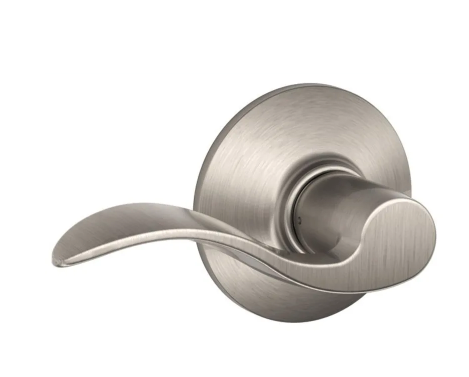
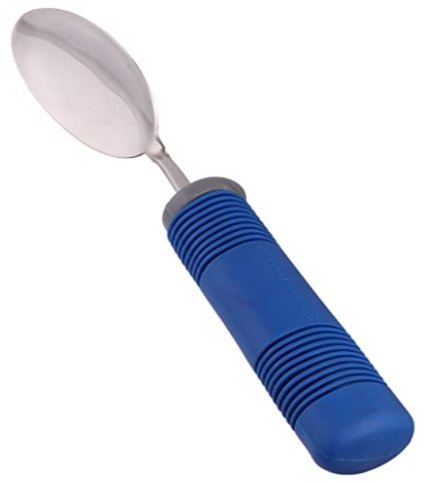
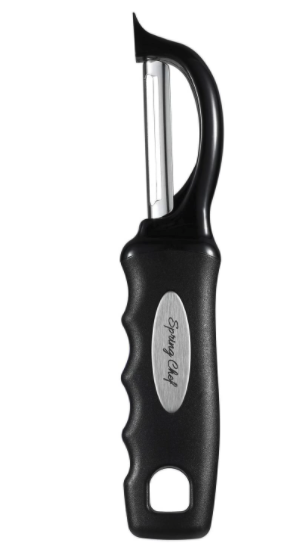
Large Handled Kitchen Utensils and Silverware:
The larger surface reduces the amount of grip force.
Electric Jar Opener:
Let the device do the work and save your joints
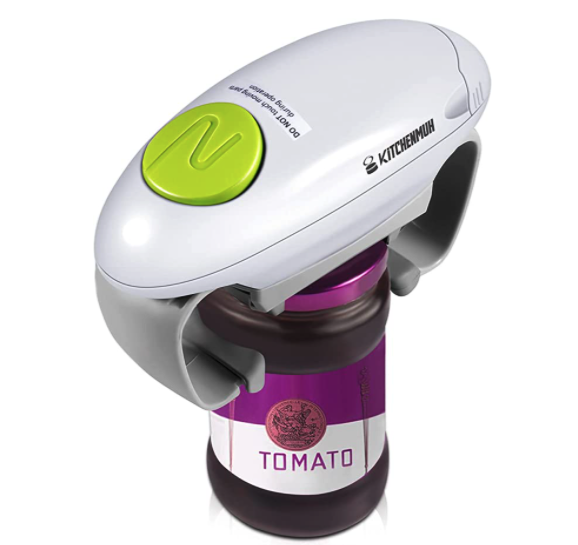
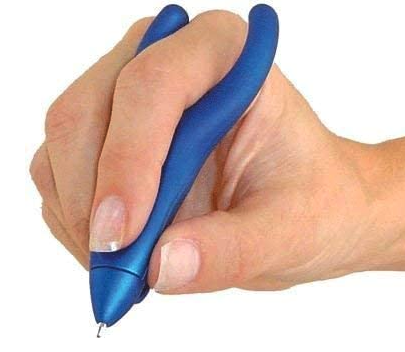
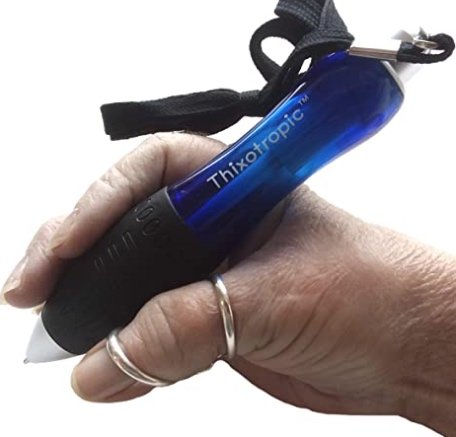
Writing Utensils:
Use larger grip or alternative grip to reduce stress on fingers.
Right Angle Knife for Cooking:
This knife allows the wrist to be held in better alignment and for cutting to be done by the arm.
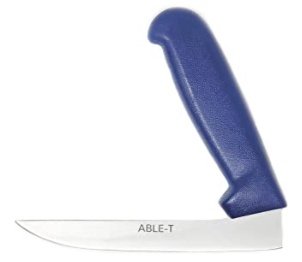
- Follow an Anti-Inflammatory Diet and Maintain a Health Weight: Incorporate foods rich in omega-3 fatty acids (e.g., fish, flaxseeds), antioxidants (e.g., berries, leafy greens) into your diet. Avoid processed foods high in sugar and trans fats. These steps will help your body to decrease inflammation as well as maintain a healthy weight. Excess weight puts additional stress on weight bearing joints such as hips, knees, and the spine. Talk with your healthcare provider about whether any supplements such as glucosamine or chondroitin may support your joint health.
Although these principles are simple to understand, they can sometimes be a challenge to incorporate into your daily routine. Old movement patterns and habits can be hard to break. Working with an occupational therapist or a physical therapist can help you to learn new movement patterns and adapt your daily routines.

